A Guide to visit Costa Rica
- Silvia EcheverriaTalavera
- Jun 11, 2021
- 9 min read

Costa Rica was my escape this year 2021 to connect with mother Nature.
I never thought I would have visited Costa Rica in my life until I felt the call of the Wild from my adventurous side. I followed my instincts and I ended up buying a flight from the UK to Costa Rica for under £500 return ticket. To enter the Country I got a health travel insurance and a health pass following covid-19 rules at that time.
I am a self-employed yoga teacher based in Horsham, UK, I consider myself quite flexible thanks to my job and the possibility of teaching online while I was away it was an option. This makes me feel very lucky and free. I used my chance in Costa Rica to keep teaching yoga for Yoga Maya in Uvita, Puntarenas. I learned so much about gardening, their culture and their people in the first two months with Debbie that I felt ready to step out into the Country and explore a bit more the last month of my time in Costa Rica.
I did follow the advice of a good "tico" (Costa Rican) friend and I visited the places he highly recommended me to see. Thank you Jose Pablo Vargas :)
Top 7 places to visit in Costa Rica.
1. Uvita de Osa, Puntarenas
Uvita de Osa is a small town in southern Costa Rica, on a section of coastline known as the Costa Ballena (Whale Coast) of the Pacific Ocean. It is notable for hosting the annual music event (Envision Festival) and being home to the Cola de Ballena (Whale's Tail) beach (Playa Uvita) which is one of the beaches comprising Marino Ballena National Park. The Whale's Tail has been described as one of the world's most beautiful beaches. Uvita is a good place to see humpback whales in the wild, as there are groups which come from Northern California and Alaska during one time of the year and groups that come from the south and Antarctica during another time of the year. Uvita has grown tremendously since the early 2000s and is the commercial center of the Costa Ballena region. Many expatriates from North America and Europe have made Uvita their home, so many of the locals speak English as well as Spanish.
I would like to mention Debbie owns the most beaufitul airbnb in Uvita, Puntarenas, she became a superhost while I was with her and this is how it looks like her place.
While you are at her place you can visit wonderful places like:
The National Marine Whale Park: Costa Rica’s famous whale tail is located in the small town of Uvita, about an hour south of Manuel Antonio and is part of Parque Nacional Marino Ballena. You can practice surfing too!
Local fresh market (Wednesdays and Saturdays), fresh food and coffee served at best restaurants/cafe in Uvita. "Chirincoco cafe", "kinsu", "tagua", "indomitos" and "La Fogata".
Uvita waterfall and Uvita River.
You can also do a whales and dolphin tour in the seasons are more chances to see them. Whale watching in Uvita Costa Rica has 2 seasons, from half July to half November and from half December to April. These seasons are based on the annual migration cycle of the pacific humpback whale. These animals travel from far to visit Marino Ballena in Uvita. Each year the pacific humpback whales from the southern hemisphere travel from Antarctica to Costa Rica and arrive around the end of July. The pacific whales from the northern hemisphere do the same, but they travel from Alaska to Costa Rica and arrive around the end of December. They travel between 5000 km (3100 mi) and 8000 km (5000 mi); twice a year! In September and October you have the highest chance of seeing whales during a whale watching tour in Marino Ballena, Uvita, Costa Rica.
From Uvita you can rent a car and explore a bit further and go to Nauyaca waterfall or to Manuel Antonio National Park.
2. Corcovado, Bahia Drake, Playa Rincon de San Josecito
Corcovado National Park is a reserve on southwest Costa Rica's Osa Peninsula that protects varied tropical ecosystems. Considered one of the world's most biodiverse regions, its wildlife includes scarlet macaws, tapirs, jaguars and squirrel monkeys. Hiking trails follow coastal and inland routes through habitats ranging from Pacific beaches and mangrove swamps to lowland and montane rainforests.
We decided to visit this place and do hiking. We did a free public trail from Bahia Drake to San Pedrillo. This 17km public trail follows the coastline from Agujitas (Bahia Drake) to the San Pedrillo Ranger Station for the entire spectacular stretch, and it’s excellent for wildlife-spotting (particularly early in the morning), beach-hopping and canoe tours. We decided to do the entire route in half of a day stopping as many times as we thought it was worth it the landscape. We set off from "Bahia Drake" at 6am and we arrived to "Playa Rincon de San Josecito" at 3pm. It was a exiting and beautiful walk I highly recommend it if your level of fitness is quite good. We stayed at "hotel restaurante Bella Vista Corcovado"(best hotel in the area) one night and the next day we walked a bit more towards "San Pedrillo Ranger Station". If you are not into walking or you have limited time you always can do this visit by boat or car paying a tour of average $100/person. Personally I travel with a budget and I rather do the activities on my own, I enjoy it more this way.
I would love to share some photos of our time in Osa Peninsula so you can get an idea of how worth it is.
3. Monteverde
Monteverde, whose official name is Monte Verde, is a district of the Puntarenas canton, in the Puntarenas province of Costa Rica. It is located in the Cordillera de Tilarán mountain range. Roughly a four-hour drive from the Central Valley, Monteverde is one of the country's major ecotourism destinations. The area is host to the Monteverde Cloud Forest Reserve and several other natural attractions, which draw considerable numbers of tourists and naturalists.
National Geographic has called the Monteverde Cloud Forest Biological Reserve "the jewel in the crown of cloud forest reserves". Newsweek has declared Monteverde the world's #14 "Place to Remember Before it Disappears". By popular vote in Costa Rica, Monteverde was deemed one of the Seven Natural Wonders of Costa Rica, along with Isla del Coco, Volcán Arenal, Cerro Chirripó, Río Celeste, Tortuguero, and Volcán Poás.
We decided to stay in this area 5 days, our highlights were:
The hotel we stayed in: Casa Jungle Monteverd

Canopy : The longest zipline in Costa Rica – 5220 ft (1590 m)! We experience the cloud forest on their canopy tour. The experience includes a total of 10 zip lines, a hammock bridge, one rappel, and one ride on the mega Tarzan swing.
Beautiful town and variety of restaurants and cafes: Zuccaro Coffee & bakery, Tree House Restaurante , Restaurante Legado Don Luis , Choco Café Restaurant and Coffee Shop , Morphos Restaurant , Restaurante Don Luis Monteverde , Bon Appetite Gourmet
The most beautiful sunset I have seen in my life from a place called "Vista al golfo"
Two secret locations where you find the most incredible trees I have seen in my life.
4. La Fortuna
La Fortuna is located in the Northern Highlands of Costa Rica, about 2.5 hours from San Jose’s international airport and 2.5 hours from Liberia’s international airport. The town is centered on a beautiful park with colourful gardens and a large church. The main star, Arenal Volcano, provides the backdrop and can been seen from almost every vantage point. On the streets surrounding the central park lie many restaurants, hotels, tour operators, and shops, with more lodging on the road leading to the volcano and Lake Arenal.
One of the reasons for La Fortuna’s popularity is the plethora of activities. You can do almost all of the quintessential Costa Rica adventure tours out of La Fortuna. You can explore the rainforest canopy on a hanging bridge, fly through the sky on a zip line, rappel down waterfalls, and splash down churning a river on a whitewater raft. With all of the choices, it can be hard to know where to start.
What we decided to do in 5 days was visit "Arenal Volcano", enjoy the "natural-free hot springs", walked to "La Fortuna Waterfall" and visit "Rio Celeste".
Instead of describing with words this wonders I will show you the best photos of our trip.
We decided to stay at Casa Luna Hotel & Spa such a nice hotel to be! at the skirts of Arenal Volcano! They had great staff, service, food and pool. It was so inspiring to be at their place that we decided to do a photo shoot.
5. Bajos del Toro
It was our favourite destination, no doubt. It is no popular yet, almost nobody knows about this place, it feels like you have stepped out into a different Country as soon as you arrive.
If you love mountain landscapes, hiking and undiscovered natural attractions, then Bajos del Toro has to be on your Costa Rica itinerary. This tiny town is home to a plethora of breathtaking waterfalls, rivers, blue pools and hikes.
Getting here is not easy, I will not lie. There is no public busses so the only way is taxi or private car (4x4). We don't drive so we really struggled to get here but it was so worth it! Our original plan was to stay only 3 days here, we ended up staying 6 days and at the end it felt like staying there forever. We fell in love with "Bajos del Toro", their people and their Nature.
How to get here? Check more information here.
We stayed at Toro River Lodge hosted by Emanuel Rojas, owner of the tiny supermarket in town. He treated us so well, I honestly can not think about a better place to be at Bajos del Toro. He had a small caw farm behind the house we rented and we learned how to milk a caw by hand and we were there when two calves were born. Here you can see a photo of the sunrise from the rear patio and myself giving some milk to some cute calves.
Some of the waterfalls we visited are:
If you want to check out how it looks like this places here are some photos.
I also did horse riding for the first time in my life in this beautiful location. Contact "Catarata Tesoro Escondido" if you want to book a ride with them!
6. Poás Volcano
We visited Poas volcano. Not only has one of the largest craters in the world, but is located in the forests of Central Mountain Range, which boasts magnificent natural landscapes: this is the Poas Volcano National Park.
The Poás Volcano, is an active 2,708-metre (8,885 ft) stratovolcano in central Costa Rica and is located within Poas Volcano National Park. It has erupted 40 times since 1828, including April 2017 when visitors and residents were evacuated. The volcano and surrounding park were closed for nearly 17 months, with a 2.5 kilometer safety perimeter established around the erupting crater. The volcano erupted briefly twice in September 2019.
7 Puerto Viejo de Talamanca
Last stop of our adventure was Puerto Viejo. We stayed here a week, we wanted to see the Caribbean side of Costa Rica.
The Caribbean coast of Costa Rica is a beautiful region that is generally less developed and touristy than the Pacific side. The weather here is in stark contrast to the other side as the best weather is in September and October. The colourful Caribbean culture is also quite different as most locals are of Afro-Caribbean descent giving the area a reggae-Rasta vibe. Puerto Viejo, a surf oriented seaside village, is the most popular destination in this region and is located along the southern coast. Playa Cahuita is a popular destination for those seeking quiet jungle-lined beaches. Tortuguero is located on the northern Caribbean coast within Tortuguero National Park. It is one of the best wildlife observation areas in the country and a primary nesting location for Atlantic Green Sea Turtles from mid-July through mid-October.
Aside from beautiful beaches and lush jungles, visitors to this unique Caribbean community should expect a unique cultural experience. The culture of Puerto Viejo is influenced by a mixture of Afro-Caribbean, Costa Rican, BriBri Native American, ex-pats, and Europeans! There is also a very diverse visitor sector with people coming for beautiful beaches and snorkeling, others for surfing, some for wildlife and others for the late night parties. This creates a colourful and vibrant community spirit which shines through in all directions.
Cahuita National Park is located just 15 minutes north of town and the Gandoca Manzanillo Wildlife Refuge is only 20 minutes south of town. Of course, there is plenty of wildlife just off the main roads. One could easily spend the time walking down the road spotting wildlife in the trees such as monkeys, sloths, toucans and much more.
If you decide to do something closer to Alajuela or San Jose before to fly back to your Country I highly recommend you to visit Rescate Wildlife Rescue Center.
Rescate Wildlife Rescue Center (former Zooave) is a non-profit foundation dedicated to conserving Costa Rica’s wildlife. The animal sanctuary and wildlife conservation center is the oldest of its kind with 30 years of experience in rehabilitating wildlife, breeding endangered species, preserving habitat, and providing lifetime care.
Rescate is a rare treasure in the outskirts of San Jose, based in Alajuela and only 20 min from SJO Airport. What makes them unique is their dedication to rehabilitating orphaned, injured, or confiscated animals in our Wildlife Rehabilitation Center to then releasing them back into the wild. Only those animals that would not survive in the wild due to health or behavioral reasons are kept in their wildlife sanctuary, and this is the only part of the rescue center that is open to the public. They receive about 2700 animals on an annual basis and release the majority of them back into the wild.































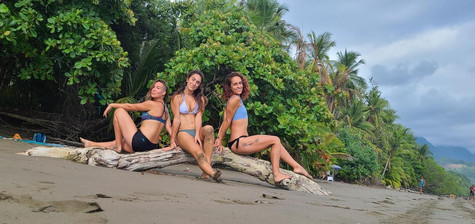



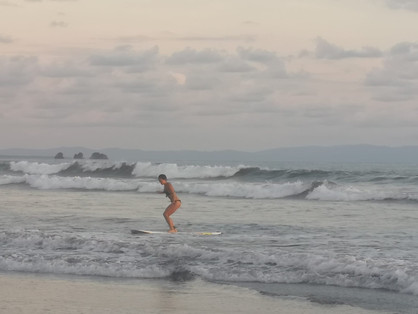



























































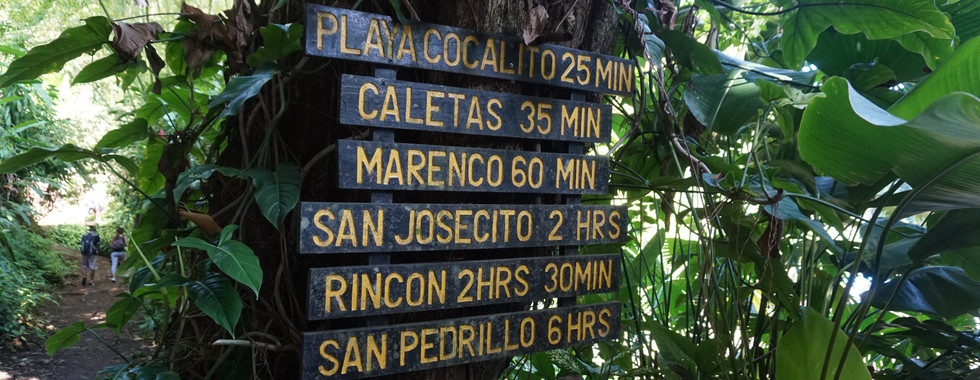



























































































































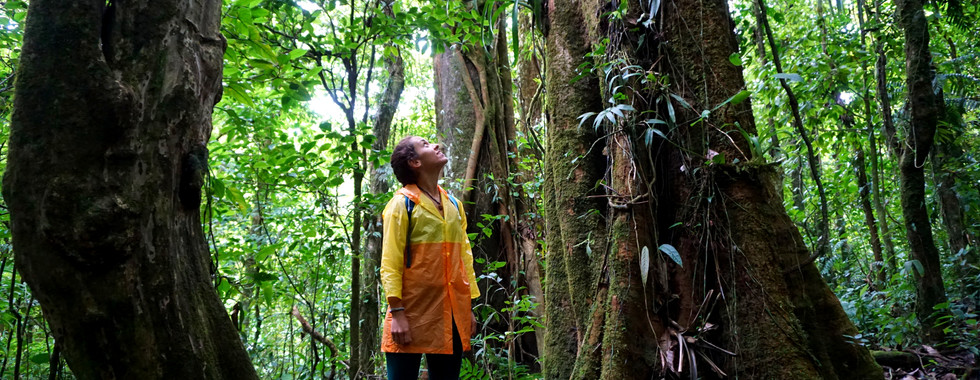









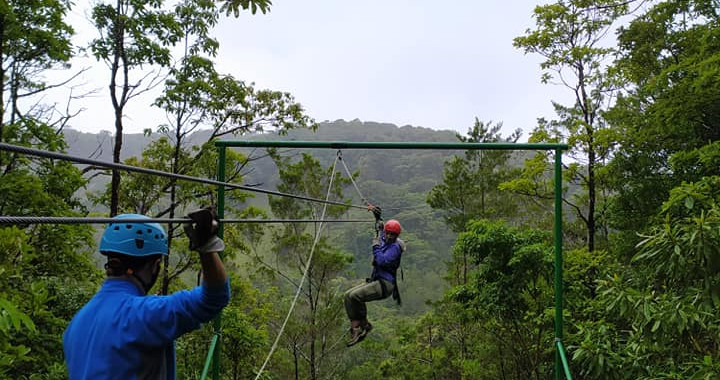



























































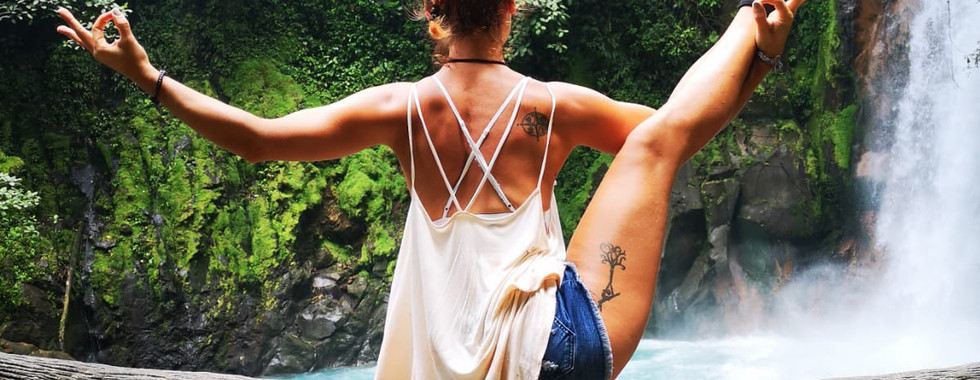

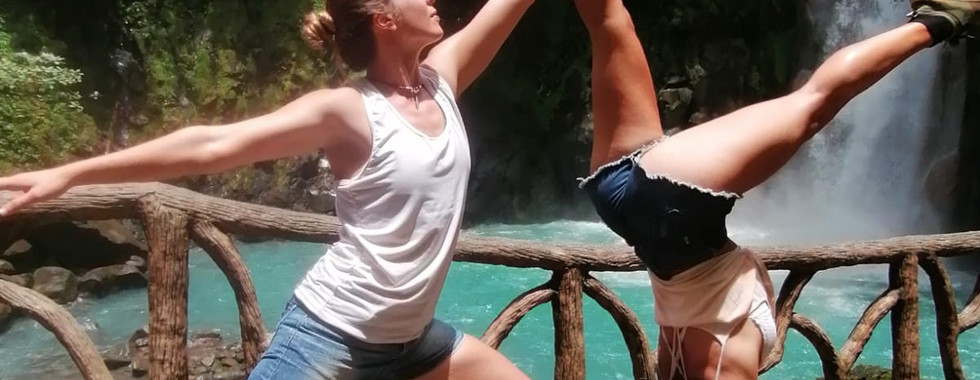































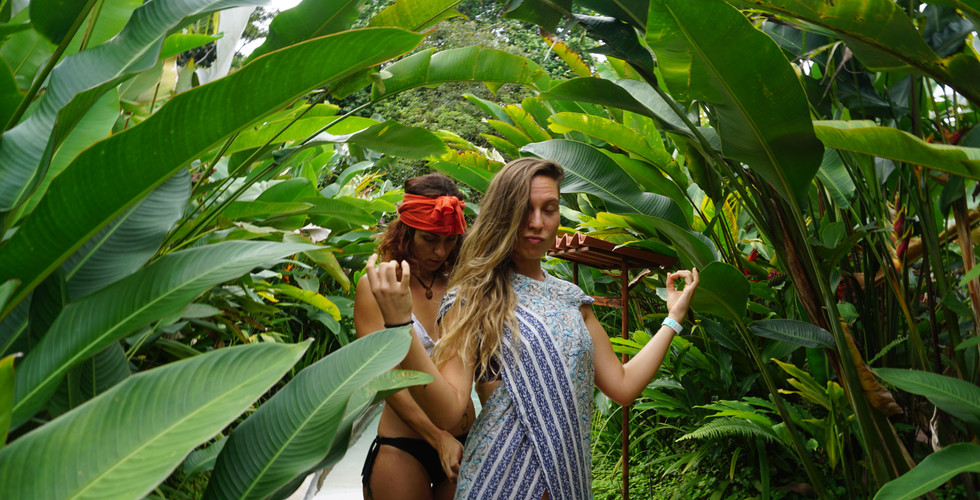

























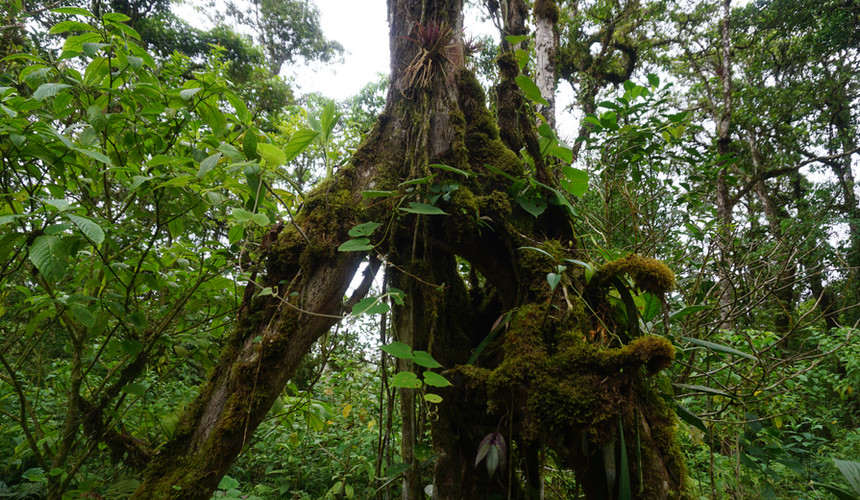



















































































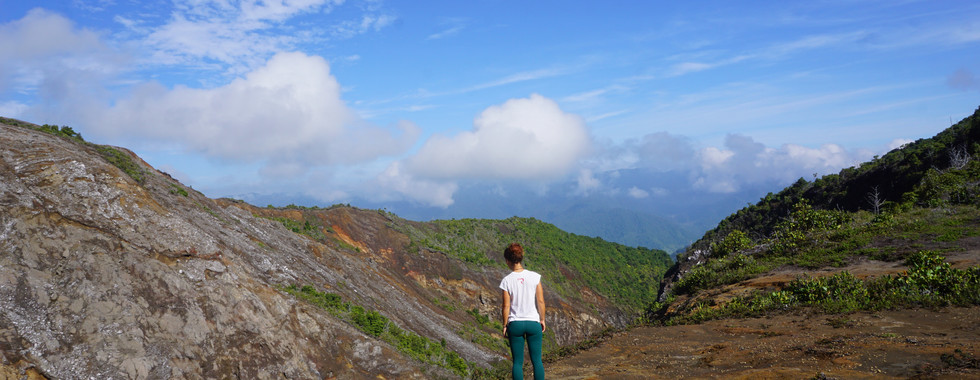



















































































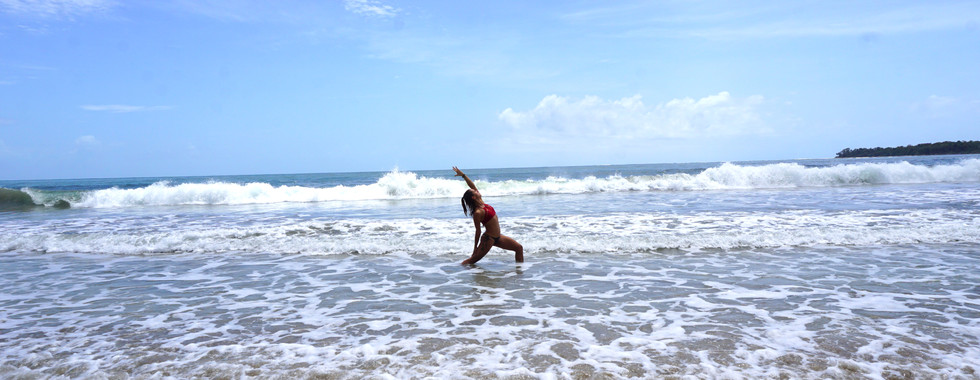

























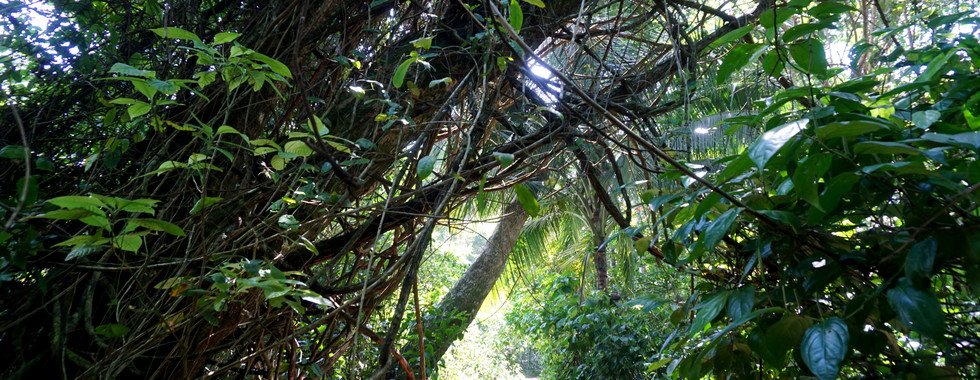

























































link link link link link link link link link link link link link link link link link link link link link link link link link link link link link link link link link link link link link link link link link link link link link link link link link link link link link link link link link link link link link link link link link link link link link link link link link link link link link link link link link link link link link link link link link link link link link link link link link link link link link link link link link link link